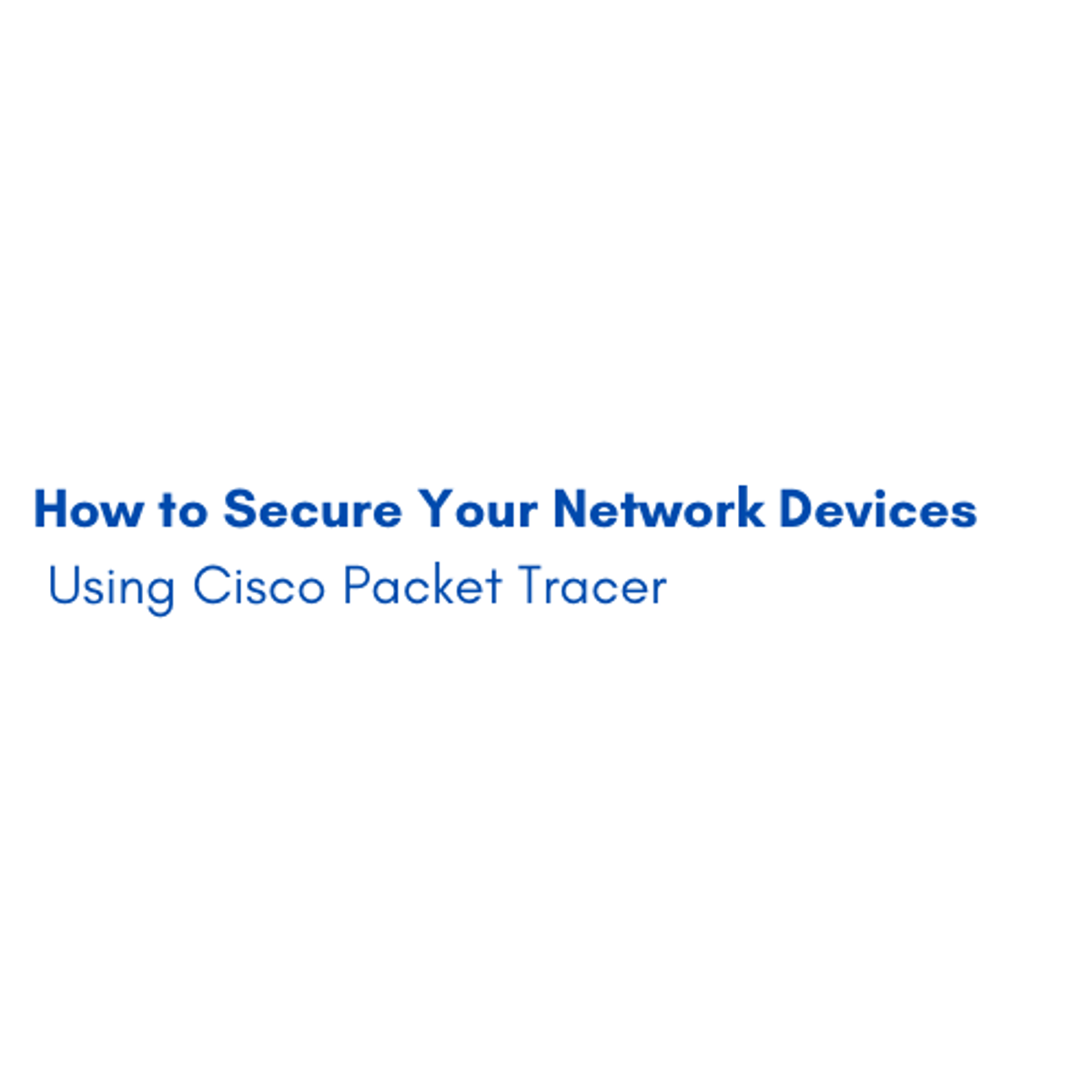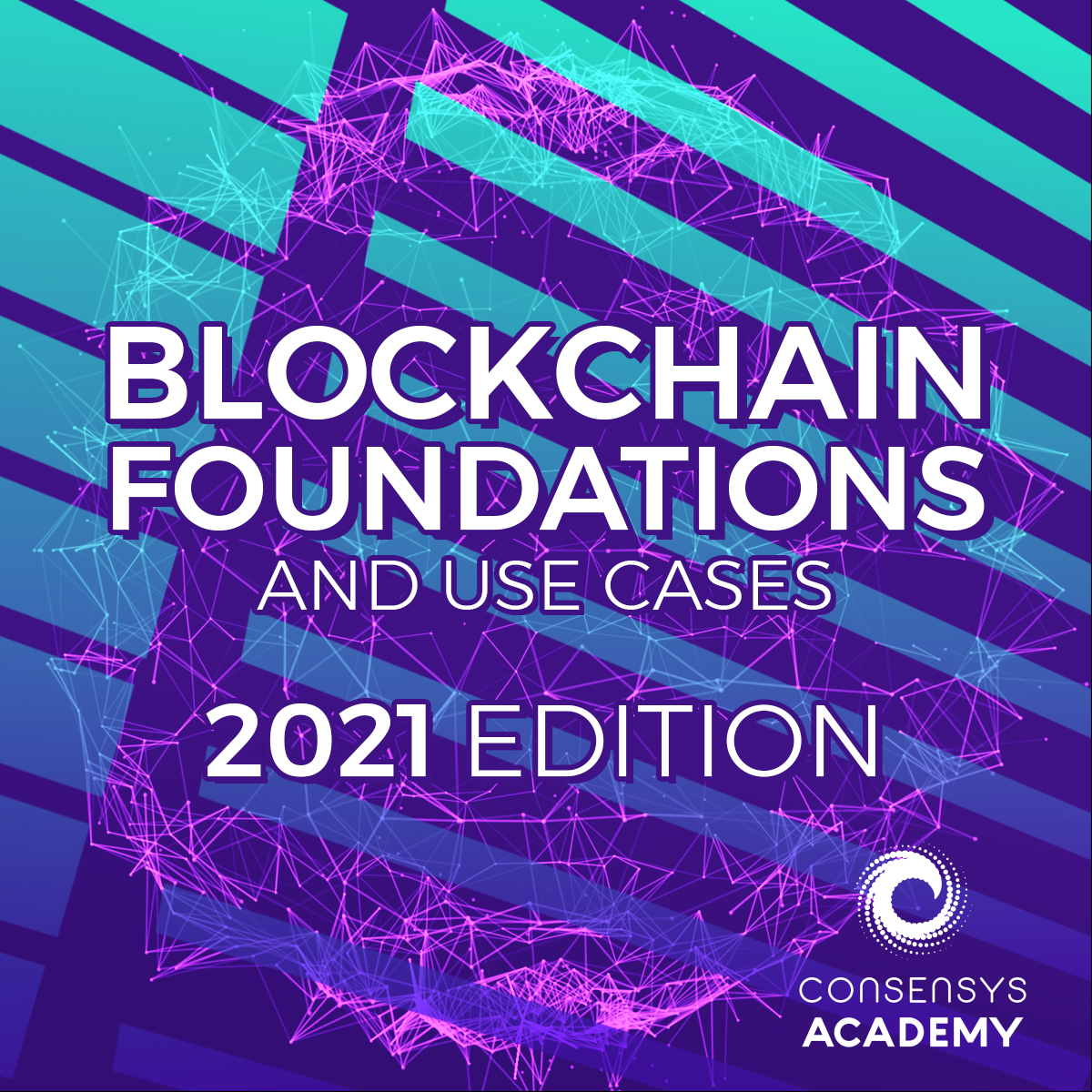Back to Courses









Information Technology Courses - Page 87
Showing results 861-870 of 1471

Aruba Networking Basics
In Aruba Networking Basics, you will learn what a basic computer network is, compare local and wide area networks, use cases, and implementation types. Communication over these networks relies on protocols. Once you learn about those, you will be well on your way to understanding network communications and well prepared to learn VLANs and how to configure an Aruba OS Switch! This course includes a free Hands-On Lab to help you comprehend the concepts.
Typical candidates for this course are individuals who are new to networking and want to learn the basics of wired networking.

Cloud-Based Network Design & Management Techniques
This 2-part eLearning course builds an understanding of modern cloud-network design and management techniques, crystalizing lofty ideas of "cloud" and "edge" so you can embrace the latest industry trends and best-practices.
A successful modern network architect requires a keen understanding of business requirements, network components, and the challenges of architecting good solutions. In the 1-hour Aruba Modern Cloud Network Design course you’ll get a high level overview of key network design topics trending in the Edge era.
The devices we manage constantly evolve as new protocols, security mechanisms, and redundancy solutions emerge; and so the techniques we use to manage these dynamic systems must respond to and even anticipate this changing landscape. In the Modern Cloud Network Management Techniques 1-hour course you’ll learn about key aspects of the network management journey and the newer technologies and techniques to help you embrace the Edge. Learn about the network management challenges that drive new technologies, get familiar with classic Network Management System (NMS) tools, and learn about the modern NMS tools like Aruba ESP developed to reduce overhead, speed diagnosis, and improve situational awareness.
Typical candidates for this course are IT Professionals and/or Network Engineers who want to learn about Aruba’s modern approach to network design.

Cybersecurity for Data Science
This course aims to help anyone interested in data science understand the cybersecurity risks and the tools/techniques that can be used to mitigate those risks. We will cover the distinctions between confidentiality, integrity, and availability, introduce learners to relevant cybersecurity tools and techniques including cryptographic tools, software resources, and policies that will be essential to data science. We will explore key tools and techniques for authentication and access control so producers, curators, and users of data can help ensure the security and privacy of the data.
This course can be taken for academic credit as part of CU Boulder’s Master of Science in Data Science (MS-DS) degree offered on the Coursera platform. The MS-DS is an interdisciplinary degree that brings together faculty from CU Boulder’s departments of Applied Mathematics, Computer Science, Information Science, and others. With performance-based admissions and no application process, the MS-DS is ideal for individuals with a broad range of undergraduate education and/or professional experience in computer science, information science, mathematics, and statistics. Learn more about the MS-DS program at https://www.coursera.org/degrees/master-of-science-data-science-boulder.

Check Point Jump Start: CloudGuard Posture Management
In this course, you will learn about what is Posture Management, why you need a Posture Management solution, and what makes Check Point CloudGuard Posture management solution the Global leader in Cloud Protection.
Lesson 1 - What is Posture Management?
Lesson 2 – What are the Cloud Security Challenges?
Lesson 3 - What is Check Point CloudGuard Posture Management?
Lesson 4 - How does CloudGuard Posture Management Work?
Lesson 5 – CloudGuard Posture Management Course Summary
Lesson 6 – Posture Management Demo Lab

Ingesting New Datasets into BigQuery
This is a self-paced lab that takes place in the Google Cloud console. This lab focuses on how to ingest new datasets into tables inside of BigQuery.

How to Secure your Network Device using Cisco Packet Tracer
In this 1-hour long project-based course, you will create a network topology using cisco packet tracer. Throughout the project, you will be able to authenticate the switches and the router in your the network topology, make PCs from different VLANs communicate with each other, and Finally configure DHCP protocol on the router and be able to protect your switch ports from attackers. This guided project is for people who are interested in getting started in the network security field and for the people interested in computer networking architecture. This guided project will enhance your skills in the network security field as the security field is one of the most promising fields in the next few years.

Configuring your IDE for absolute beginners with AWS Cloud9
So by the end of this course, you will learn to set up an online IDE. For this, you will use the AWS cloud9 environment. You will learn to configure the AWS cloud 9 environment, you will explore the IDE, you will write some python programs, you will learn to create files and folders manually and through the command line . You will also learn to power off the instance and learn to delete the environment as well.
Before starting this project, you must have an AWS account.

Working with Cloud Dataprep on Google Cloud
Cloud Dataprep is Google's self-service data preparation tool. In this lab, you will learn how to use Cloud Dataprep to clean and enrich multiple datasets using a mock use case scenario of customer info and purchase history.

Blockchain: Foundations and Use Cases
This course is the definitive introduction to blockchain for both the developer and non-developer audience. Beyond the technology, this course will introduce you to some of the philosophy behind decentralization and why there is so much excitement around it. Join ConsenSys Academy and course instructor Nick Nelson in this rich-media introduction to the foundations of blockchain.
During the first three modules, you'll be introduced to blockchain and the technology behind it. In module four, we'll go beyond bitcoin and delve deeper into a next-generation blockchain called Ethereum to introduce you to what modern blockchains can do. The use cases featured in the final module are drawn from among the businesses in ConsenSys portfolio. We believe we're uniquely positioned to present you with a valuable behind-the-scenes look at the people and companies working in this space to help give you a better understanding of the business side of blockchain.
Together, we'll examine businesses use cases, hear from industry leaders, and give you the opportunity to develop and analyze a use case yourself. With this course, not only will you be the one who is able to explain blockchain to your colleagues, you'll be well on your way to making educated business decisions with your new, foundational understanding of the technology.

Juniper Networks Automation Using Python and PyEZ
This course will introduce you to fundamental concepts of a programming language called Python. After introducing you to Python concepts, the course describes how to apply those concepts to network automation using Junos PyEZ, a free Python library from Juniper Networks. This course demonstrates using Python and Junos PyEZ to automate the management of Junos OS devices.
Popular Internships and Jobs by Categories
Browse
© 2024 BoostGrad | All rights reserved


